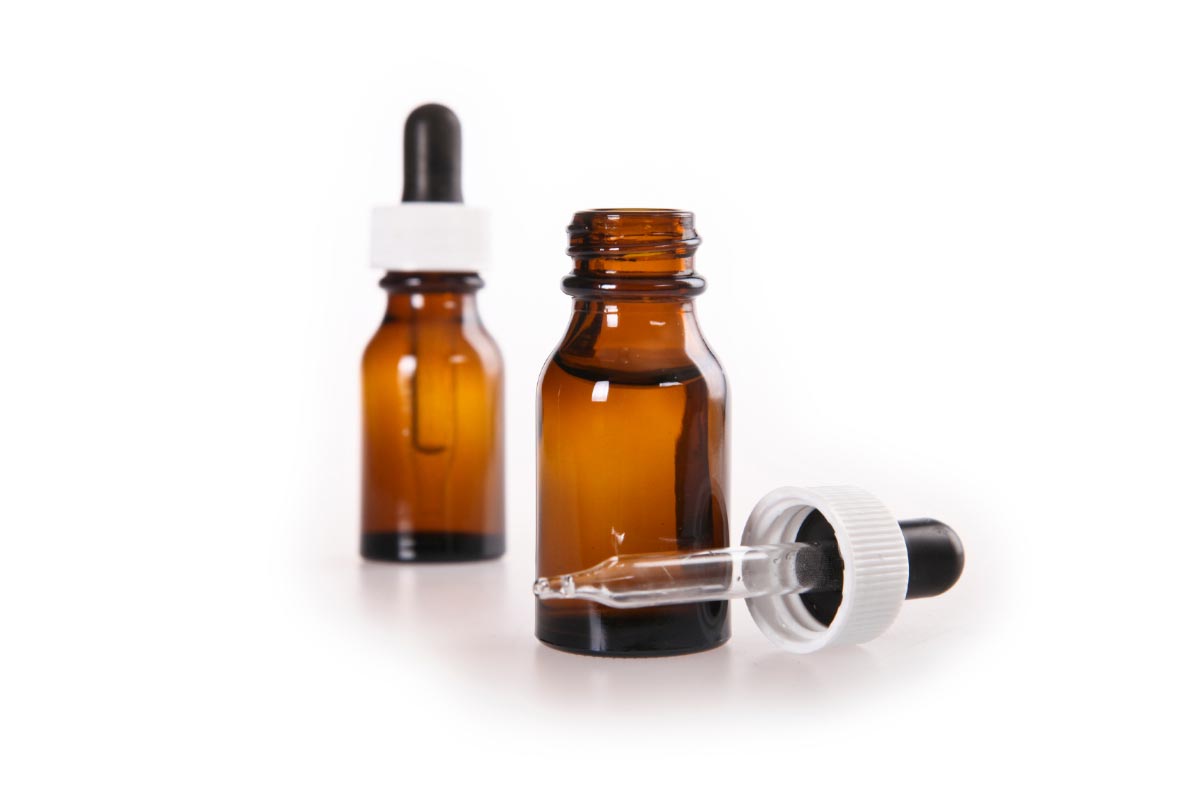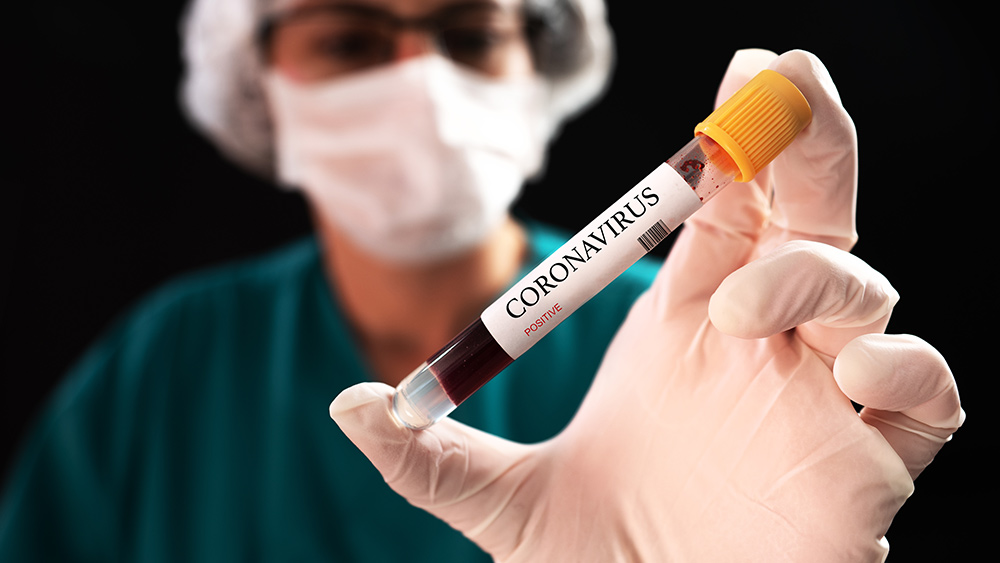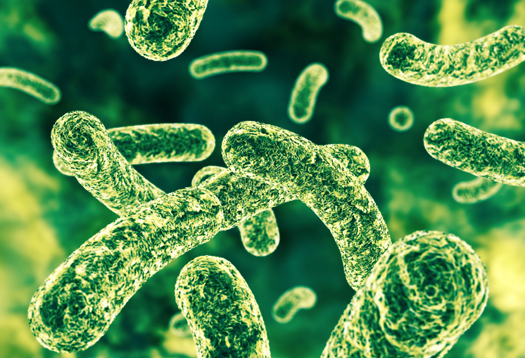Researchers are looking to peptides to combat drug-resistant microbes
02/18/2020 / By Evangelyn Rodriguez

Anti-microbial resistance can be defined as the ability of microorganisms (e.g., bacteria, fungi and viruses) to change upon exposure to an anti-microbial component and reduce its effectiveness. The World Health Organization (WHO) has labeled the spread of anti-microbial resistance as a global health concern because it threatens the ability of humans to treat common infectious diseases. Today, plenty of cases wherein anti-microbial-resistant microorganisms or “superbugs” caused prolonged illness, disabilities and death have been reported.
Due to the emergence of superbugs on a global scale, scientists are doubling their efforts to find new and potent anti-microbial factors. In an article published in the journal Annals of Agricultural and Environmental Medicine, researchers from the Military Institute of Hygiene and Epidemiology in Poland reviewed the results of studies on the use of anti-microbial peptides (AMPs) to combat infections in vivo. These peptides are not only varied and very promising, they also occur abundantly in nature.
Anti-microbial peptides as therapeutic agents
AMPs are molecules produced by all living organisms, including plants, animals and humans. Because they are products of the immune system and part of immune response, AMPs are also called host defense peptides. Scientists consider them a new class of therapeutic agents for the prophylaxis (prevention) and treatment of systemic and topical infections. (Related: Researchers identify natural peptides that fight bacteria, reducing our need for antibiotics.)
One of the most important areas for the application of AMPs is ophthalmology. AMPs may be used for the protection of contact lenses from ocular pathogens. Several AMPs, such as pexiganan (magainin analog), MX-226 (based on indolicidin), NEUPREX (derived from human bactericidal/permeability-increasing protein), IB-367 (variant of porcine protegrin), P113 (based on histatin), daptomycin, polymyxins and peptidomimetics, are currently undergoing clinical trials for application in the treatment of local infections.
For systemic infections, AMPs like P113D (modified P113 containing D-amino acids), colistin, peptoids and peptides containing non-typical amino acids or non-peptide elements are also being studied. AMPs have even found use as anti-protozoal, anti-fungal, anti-toxic and immune-stimulating agents. However, some AMPs may be limited by their susceptibility to proteolysis and microbial resistance to peptides.
The Polish researchers believe that the use of AMPs is a promising strategy in the fight against microbial infections.
Human anti-microbial peptides and their biological roles
According to studies, AMPs are conserved in the genome of all life forms. Bacteria naturally produce AMPs in order to kill other bacteria in competition. As a result, bacterial AMPs exhibit a wide range of anti-microbial activity and are effective against not only Gram-positive and Gram-negative bacteria, but also viruses, fungi and protozoans (parasites).
In contrast, the human body produces AMPs as a means to protect itself against infections. Human AMPs are found mainly within granules of neutrophils — white blood cells that help heal damaged tissue and resolve infections — or in secretions from cells that cover the skin. In the skin alone, there are about 100 AMPs to be found, the best characterized of which are cathelicidins and defensins.
Cathelicidins are the first AMPs discovered by scientists. They are found in humans, some types of fish and common farm animals. In humans, cathelicidins are produced by a type of immune cell known as mast cells. These cells are responsible for mediating inflammatory responses, such as hypersensitivity and allergic reactions. Cathelicidins exhibit a broad spectrum of anti-microbial activity against bacteria, enveloped viruses and fungi. They are also known to trigger specific defense responses in their host.
Defensins are AMPs found at high concentrations in human epithelial cells and phagocytes — cells that engulf bacteria. Insects and plants also have defensins: While the former’s are more active against bacteria, the latter’s tend to be active against fungi. Human defensins can be classified as either alpha-defensins or beta-defensins. Alpha-defensins are produced by Paneth cells in the intestine to help reduce the number of bacteria in the lumen, while beta-defensins are secreted by white blood cells and epithelial cells for protection against microbial infections.
Besides anti-microbial plants, AMPs present a promising solution to anti-microbial resistance. Learn more about immunity and these natural antibiotics at ImmuneSystem.news.
Sources include:
Tagged Under: alternative medicine, antimicrobial peptides, antimicrobial resistance, disease treatment, immune system, infections, natural cures, natural medicine, peptides, remedies, research, skin health, superbugs
RECENT NEWS & ARTICLES
COPYRIGHT © 2017 NATURAL CURES NEWS



















